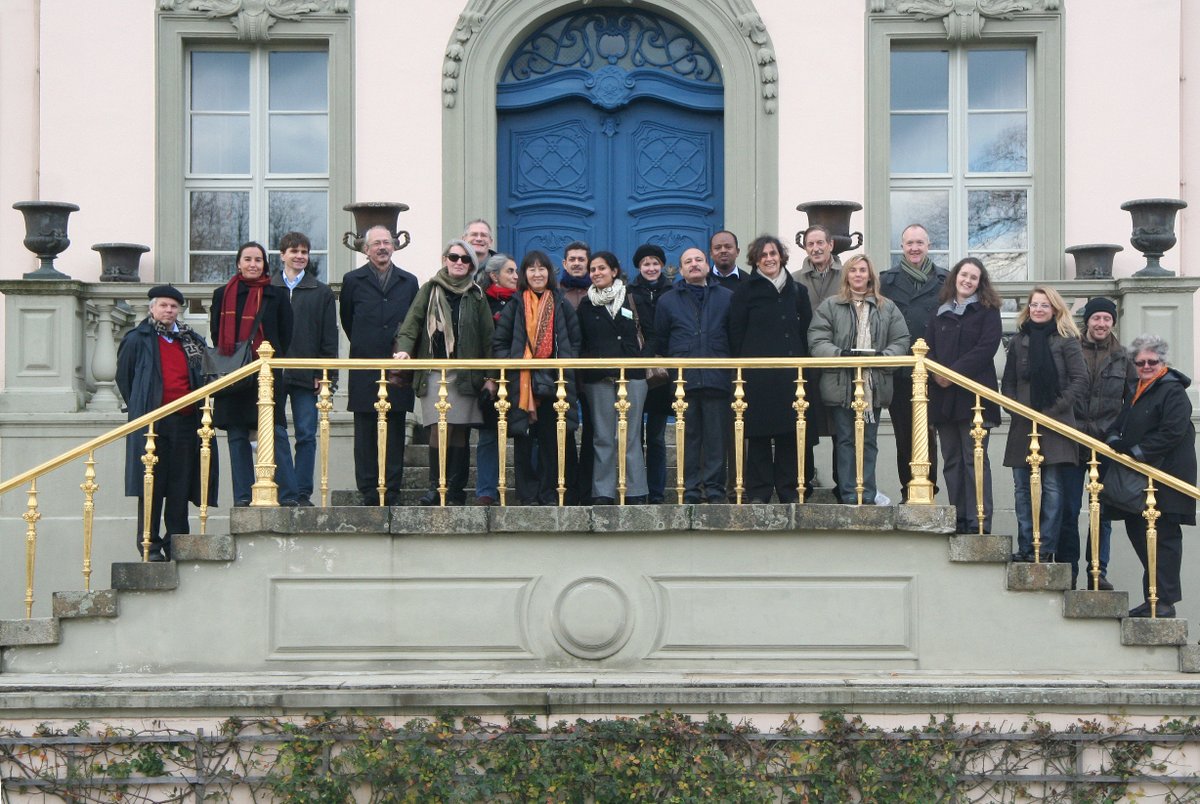Denkmalkultur – Attitudes to Heritage
International Colloquium, BTU Cottbus
9–11 November 2010
Organised in collaboration with the International Graduate School "Historische Baukultur", the colloquium aimed at creating a platform for discussing how heritage is perceived, accepted and treated in different parts of the world by the local people, the relevant authorities as well as other related stakeholders. Therefore, the focus of the discussion was on aspects such as: What kinds of places are classified as heritage (individual buildings, ensembles or the entire built environment)? What are the values that people care about in relation to their historic environment or the places in their charge (economic use, aesthetics, political/cultural identity, comfort and pleasure, ecology, sustainability, attitudes towards uncomfortable heritage, etc.)? What are the ideals that guide the treatment of such heritage places (treasuring age value, authenticity of fabric, restoration to regain a pristine quality or some hypothetical ideal) etc.?
After an inaugural talk on the first evening, which brought forth the importance, realities and means of managing the Sydney Opera House, a 20th-century World Heritage Site that continues to be in active use, the proceedings on the following day mainly consisted of two presentation-cum-discussion sessions. Each of the two sessions began with a forty-minute keynote lecture followed by four shorter presentations, each roughly fifteen minutes long, revolving around the central theme of each session, with time also being allocated for follow-up discussions on key issues raised during the respective sessions.
Furthermore, the last day was dedicated to intensive group discussions on four main themes. These themes, selected by the participants themselves from the range of issues arising from the previous day's papers, included:
(A) Beauty and the Beast: Is today's society prepared to regard sites which are more complex, have an uncomfortable history and/or which are not beautiful as heritage?
(B) Public Participation: Strategies for involving the public in safeguarding heritage and methodologies for assessing the response to these strategies;
(C) Heritage Communication: How can heritage experts identify the needs of, and communicate with, other key stakeholders to ensure sustainability?
(D) Perceptions of Heritage: Concepts, terminologies and approaches to safeguarding heritage in different countries.
A visit to Castle Lübbenau on the second evening and a guided tour of Branitz Park on the afternoon of the last day were some of the other highlights of the colloquium.
Organising Committee:
Department of Architectural Conservation
Prof. Dr. Leo Schmidt
Smriti Pant
International Graduate School "Historische Baukultur"
Dr. des. Bernhard Flüge
Josefine Kaiser
Further information:

